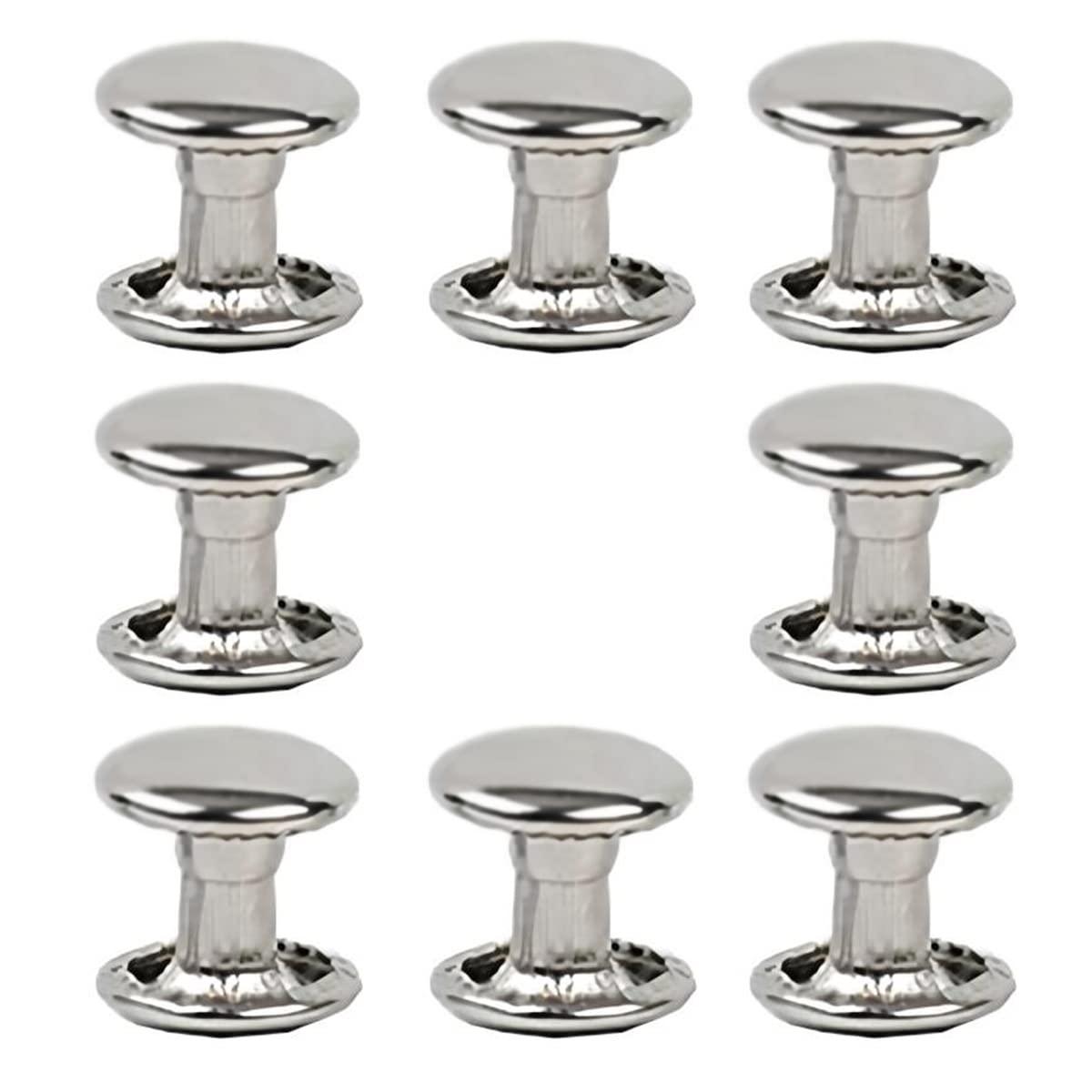
Color-forming reaction of CB dye (top) and the thermochromic phenomenon
Download scientific diagram | Color-forming reaction of CB dye (top) and the thermochromic phenomenon of the CB pigment (bottom) from publication: Thermosensitive luminous fibers based on cresol red-boric acid reversible thermochromic pigments | In this study, thermosensitive luminous fibers (TLFs) were prepared by wet spinning, using polyacrylonitrile as the filament material and rare-earth long-afterglow luminescent materials as the optical source. Reversible thermochromic cresol red-boric acid (CB) pigment in the | Pigmentation, Fiber and Acids | ResearchGate, the professional network for scientists.
Low Temperature Cold Activated Color Changing Thermochromic Powder Pigment PINK changing to BLUE at 64⁰F/18⁰C NON-TOXIC pigments. Safe to use on skin

Low Temperature Cold Activated Thermochromic Pigment Color Changing from Pink to Blue at 64F/18C Cold and Heat Sensitive Powder for Nail Art Color

Yanan Zhu's research works Jiangnan University, Wuxi and other

PDF) Photochromic dyes

How do thermochromic materials work? - Explain that Stuff

Compressive mechanical parameters of the developed scaffolds.

Reversible Thermochromic Nanoparticles Composed of a Eutectic
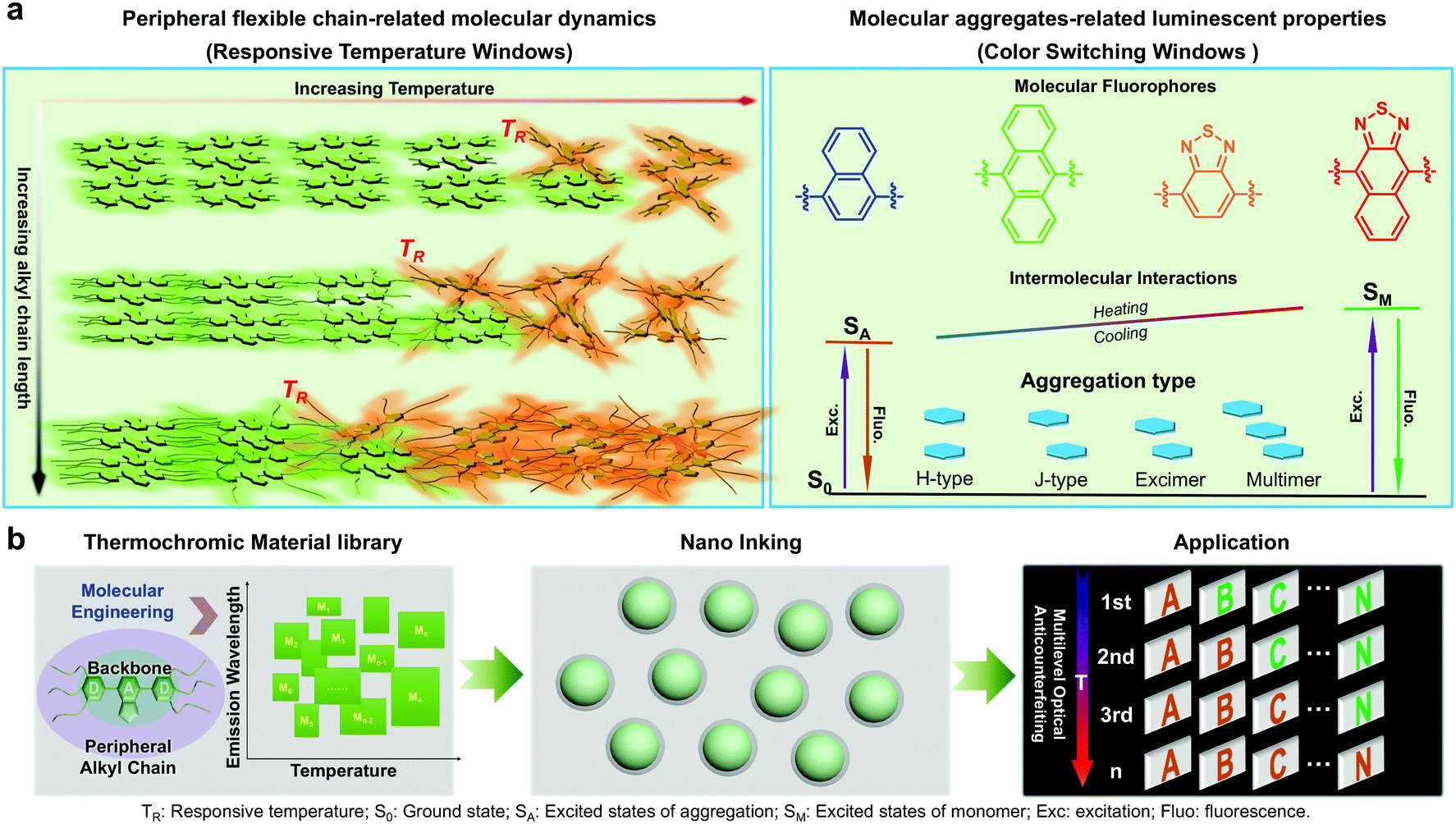
Approaching an adjustable organic thermochromic luminophore

Yanan Zhu's research works Jiangnan University, Wuxi and other places

Color-forming reaction of CB dye (top) and the thermochromic

Solvent effect on the thermochromism of new betaine dyes

Thermosensitive luminous fibers based on cresol red-boric acid reversible thermochromic pigments

Contact angle (θ) values versus composition of cellulose/PSA blended fibers

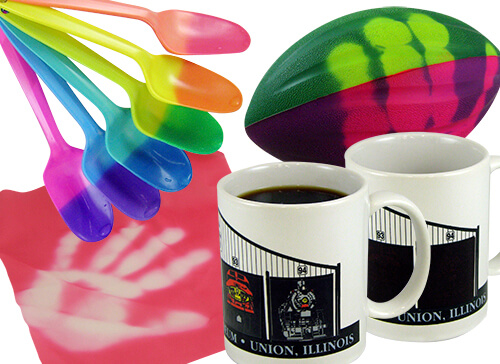
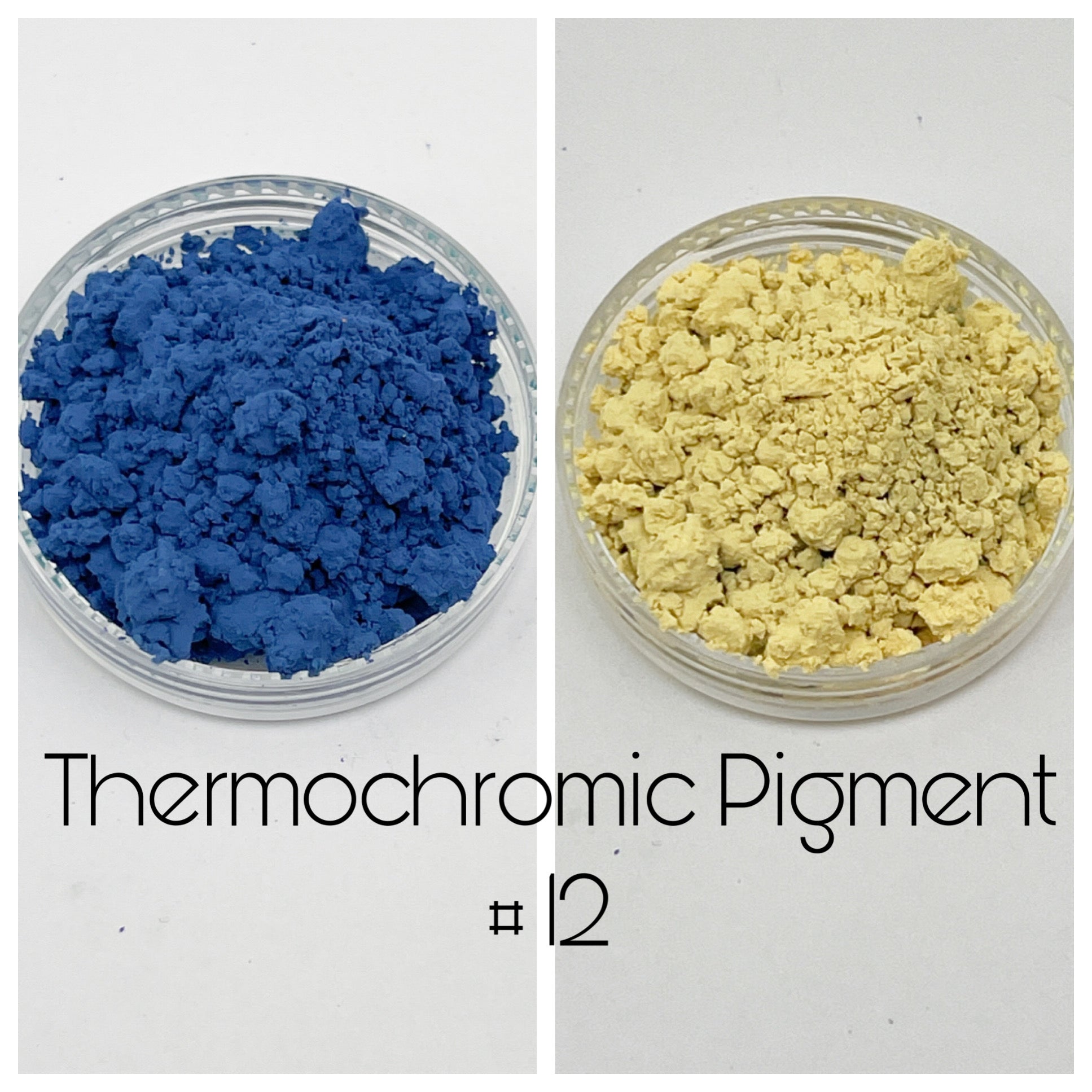
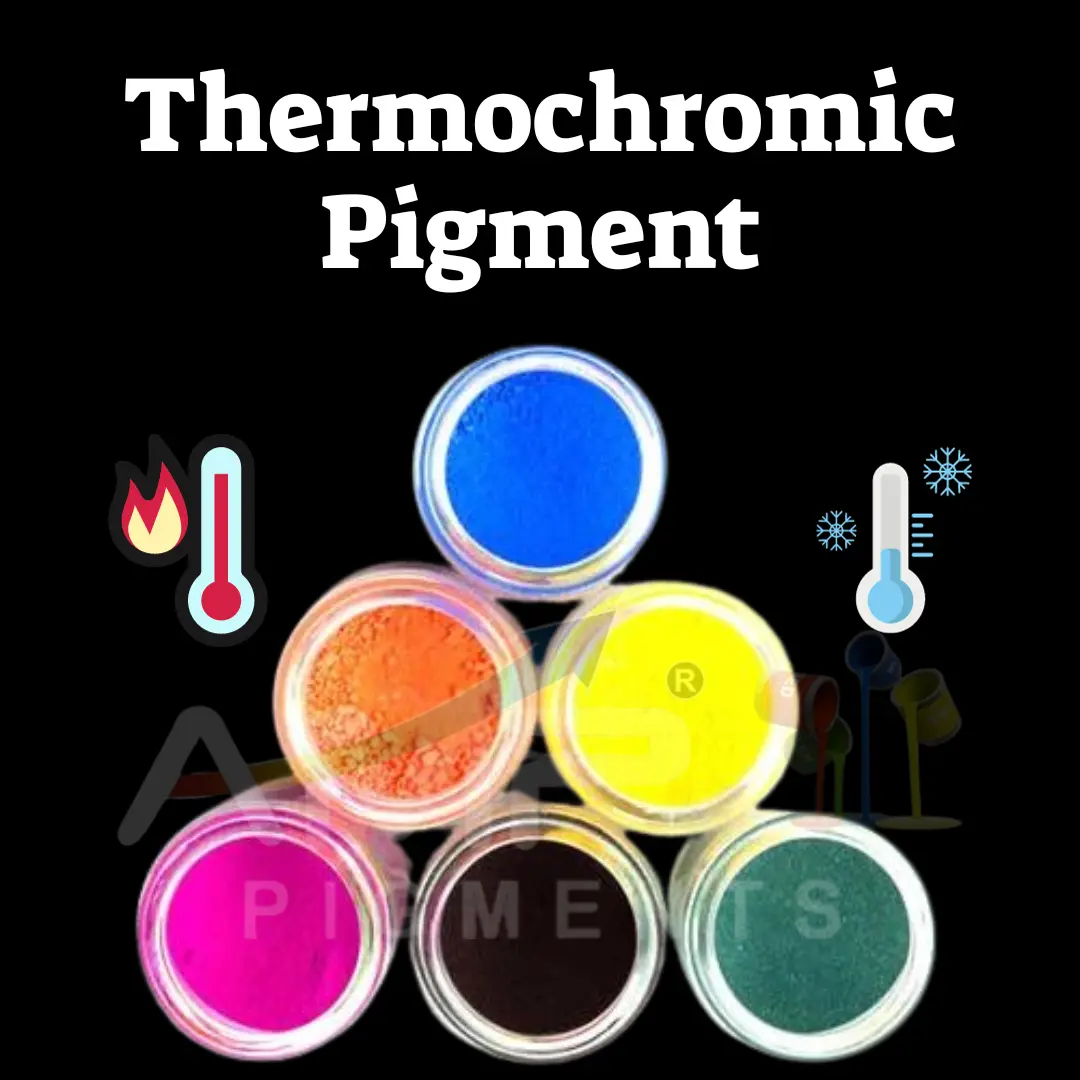



.jpg)
